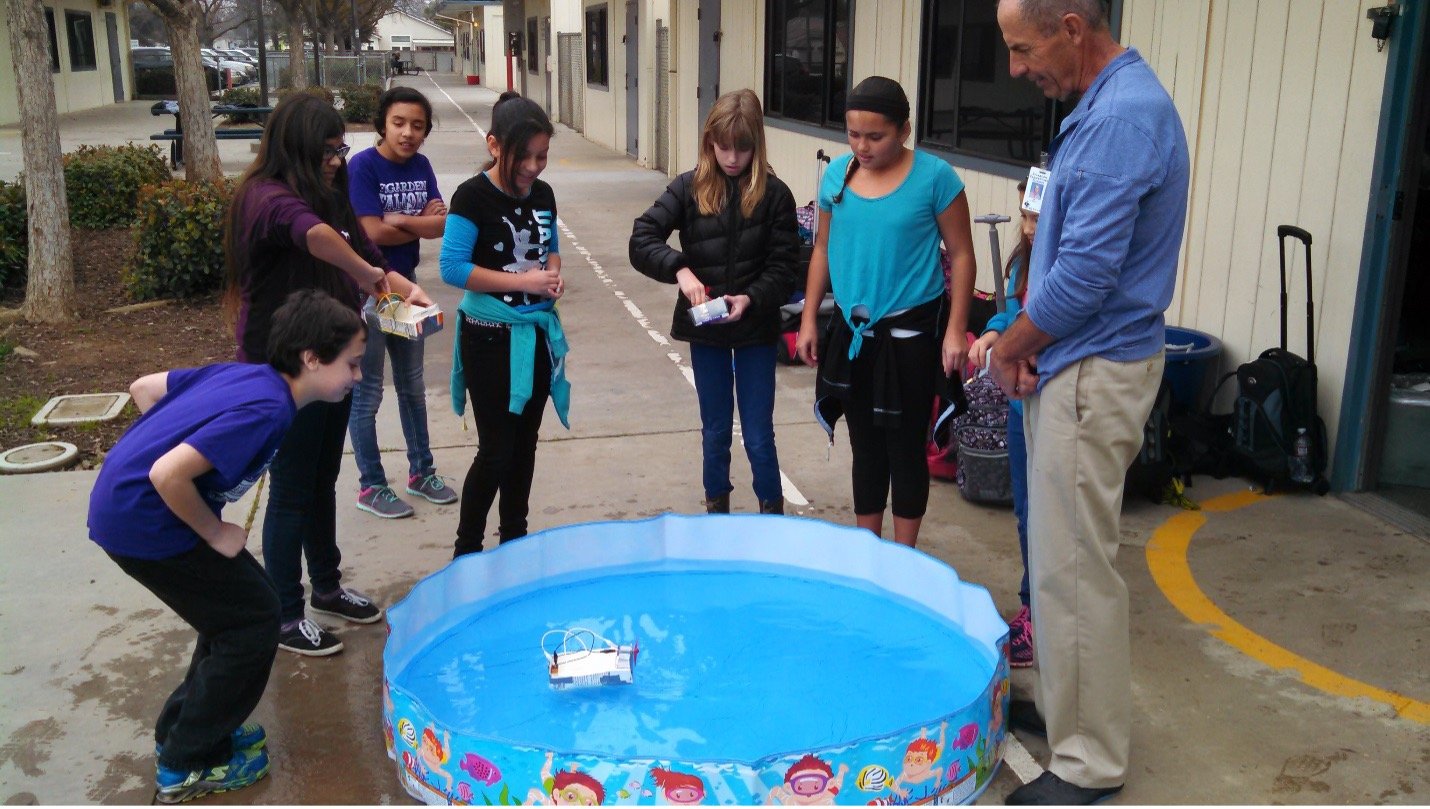Project-Based Learning: Preparing Students for Success Beyond the Classroom
In an educational era marked by rapid change and increased complexity, searching for curricula that both educates and prepares students for the future is more important than ever.
Project-based learning (PBL) brings innovative solutions to the lasting challenges faced by educators, students, and educational leaders. Whether you're witnessing your students disengage more and more, or they're stepping out into the real world feeling underprepared, introducing PBL curriculum can be a game-changer.
Let's discuss project-based learning (PBL) and unpack the five pivotal skills that are setting our K-12 students up for success after graduation.
The Evolution of Education: Embracing Real-World Learning
The shift from the Prussian model, with its focus on rote learning and standardized testing, to approaches that emphasize creativity, critical thinking, and real-world problem-solving marks a pivotal change in how we prepare students for life after graduation.
While standardized tests provide some measure of student learning, they fall short of preparing students for the real challenges and opportunities of the modern world. That's why pivoting from this rigid traditional educational models to more inclusive and dynamic learning frameworks benefits students.
PBL prepares students for the multifaceted demands of the 21st-century, while also addressing some major pain points in our schools right now. Through PBL, you can create an educational ecosystem in your classroom, school, or district where creativity, critical thinking, and real-world problem-solving are at the heart of learning.
Why PBL? Unpacking the Benefits of Project-Based Learning
PBL redefines the educational journey by making learning an active, contextual, and engaging experience. Through real-world projects, students develop both a deeper understanding of the lessons and essential life skills like critical thinking, collaboration, and adaptability.
Studies validate PBL's effectiveness, highlighting its role in enhancing content retention, improving student attitudes towards learning, and fostering the development of complex problem-solving abilities. Moreover, PBL has been shown to be particularly beneficial in engaging at-risk students and enhancing their practical problem-solving skills.
Students learning about different countries around the world.
The Five Pillars of Student Success Through PBL
When it comes to preparing students for the future, hands-on, project-based curriculum provides both an academic and personal growth learning experience.
Here are five real-world skills students gain from project-based curriculum:
Critical Thinking and Problem-Solving: By engaging in projects that mimic real-life challenges, students hone their ability to think critically and solve problems creatively.
Collaboration: PBL's emphasis on teamwork mirrors the collaborative nature of the modern workplace, teaching students the value of diversity and collective problem-solving.
Effective Communication: Projects require students to articulate their ideas and solutions clearly, enhancing their communication skills across various platforms.
Creativity and Innovation: By encouraging innovative solutions to problems, PBL nurtures a mindset that values creativity and out-of-the-box thinking.
Self-Directed Learning: Students learn to take charge of their learning, seeking out information and solutions independently, a crucial skill for lifelong success.
Case Study: How a Kiddie Pool Becomes a Launch Pad for Innovation
Through our Sail Away module, a simple kiddie pool is transformed into a launch pad for creativity and learning. As part of our Creativity Path for K-5 students, our Sail Away module is a key component of our STEAM-based curriculum. The lessons propel young minds through hands-on exploration of motion, density, buoyancy, and more, all while maintaining a rigorous alignment with NGSS, ELA, Math Practices, and Common Core Standards.
Through activities like constructing aluminum canoes and designing paddle wheel boats, students also embark on an exciting journey of discovery and application. Meant for more than understanding scientific concepts; it's about immersing students in the process of innovation, collaboration, and problem-solving.
As they test their miniature boats, crafted with ingenuity and powered by various mechanisms, students apply scientific principles in tangible, engaging ways. Each creation stands as a testament to their understanding, creativity, and the collaborative spirit created in this unique learning environment.
Our Creativity Path leverages project-based learning to transform traditional classroom dynamics. By engaging students in meaningful, hands-on projects, we can create a deeper understanding of complex concepts while teaching essential life skills like teamwork, critical thinking, and innovative problem-solving.
Elementary school students test their boats built as part of the Sail Away curriculum module.
A Call to Action for Educational Leaders
We understand. Seeing students disengage with learning or graduate without the toolkit to navigate the real world is disheartening. That's why we designed our project-based curriculum to give students the skills they need for the future. By fostering a learning environment that values creativity, collaboration, and critical thinking, we're preparing a new generation for the challenges and opportunities of tomorrow.
Schools can help redefine a high-quality K-12 education for students, making it more relevant, engaging, and effective with PBL curriculum. Schedule a call today to learn more about project-based learning and how we can support your school's transition to a learning environment that unlocks the full potential of our students.


